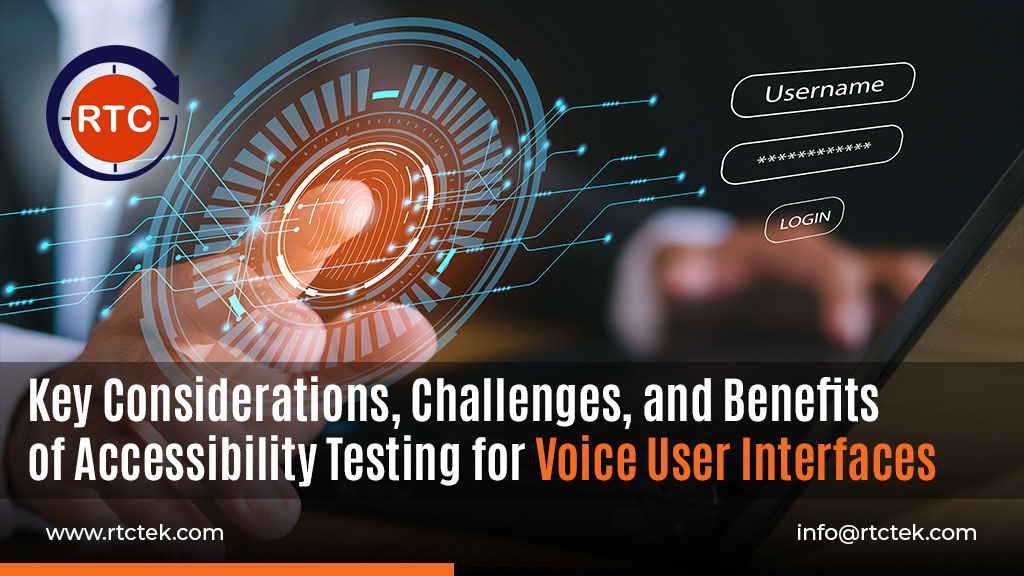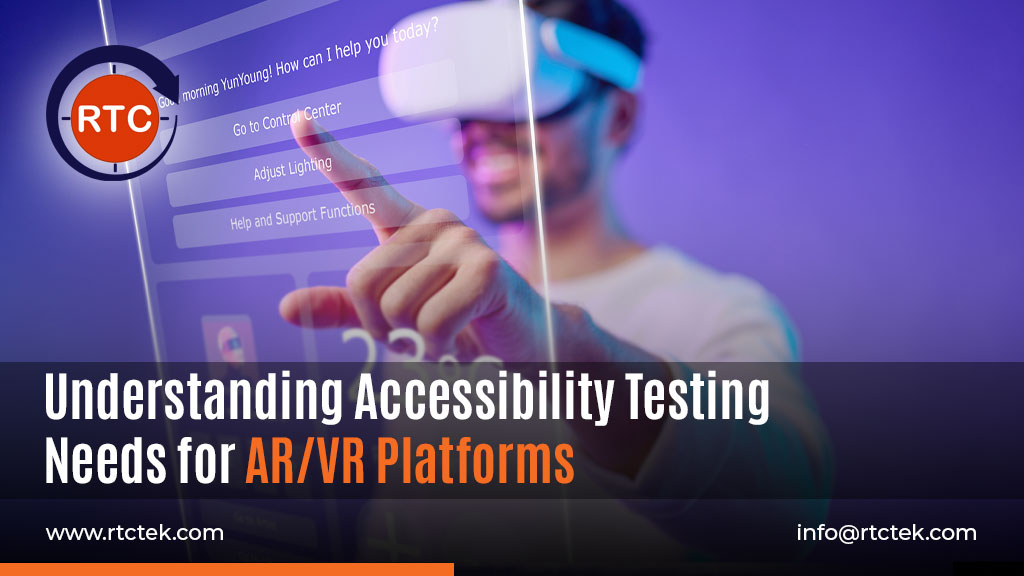Menu



Ensuring everyone has equal access to information and technology is paramount. Accessibility development prioritizes creating user-friendly interfaces for people with disabilities. Accessibility testing is a crucial step in this process, identifying and addressing potential barriers within your digital products (websites, apps, software). Moreover, ensuring your applications are usable by everyone, regardless of ability, is not just about ethical responsibility, …

In recent years, voice user interfaces (VUIs) have surged in popularity, fundamentally transforming the way people interact with technology. These interfaces, powered by sophisticated natural language processing (NLP) and artificial intelligence (AI) algorithms, enable users to communicate with devices and applications using spoken commands and queries. Virtual assistants such as Siri, Alexa, and Google Assistant …

Virtual reality (VR) and augmented reality (AR) are revolutionizing the technological landscape with their transformative experiences and possibilities. It is reshaping our interactions with the world in unprecedented ways. These technologies offer immersive experiences that extend far beyond traditional forms of media and enable users to explore virtual environments. As VR and AR applications start …

Navigating websites, searching for information, and completing tasks – all without using sight becomes a challenging task for millions of people worldwide. Specially-abled individuals rely on assistive technologies, like screen readers, to access the digital world. This is where screen reader accessibility testing plays a crucial role. Screen readers for specially-abled people serve as invaluable …

In our modern digital era, accessibility has transformed from a mere convenience to an essential legal obligation for companies worldwide. Across the United States, various businesses have found themselves trapped in legal battles due to their failure to accommodate differently abled individuals within their digital platforms. These legal challenges underscore a critical message for enterprises …

Recently, the World Health Organization reported that approximately 1.3 billion individuals face significant disabilities. This comprises 16% of the global population, which means roughly 1 in every 6 people encounters this challenge. Additionally, one billion people, which is 15% of the world’s population, have disabilities. Disturbingly, those with disabilities often face more difficulties in life …

Digital accessibility testing is about ensuring that everyone, regardless of their abilities or disabilities, can access and use digital spaces and information. It’s a fundamental principle that promotes inclusion and equal opportunities for all. In the digital realm, accessibility involves designing websites, apps, and digital content in a way that accommodates individuals with various disabilities, …

Accessibility testing is the process of testing software to ensure that it can be used by people with disabilities. It revolves around verifying that the software, in this case, a video game, can be used and enjoyed by individuals with various disabilities. In gaming applications, testing the game to ensure that it can be played …

The Accessibility testing is a fundamental quality assurance process integral to the development and deployment of digital assets, such as websites, software, and applications. Its primary objective is to ascertain the conformity of these assets to accessibility standards and guidelines. This ensures their usability by individuals with disabilities. It employs a comprehensive evaluation of design, …
Input your search keywords and press Enter.